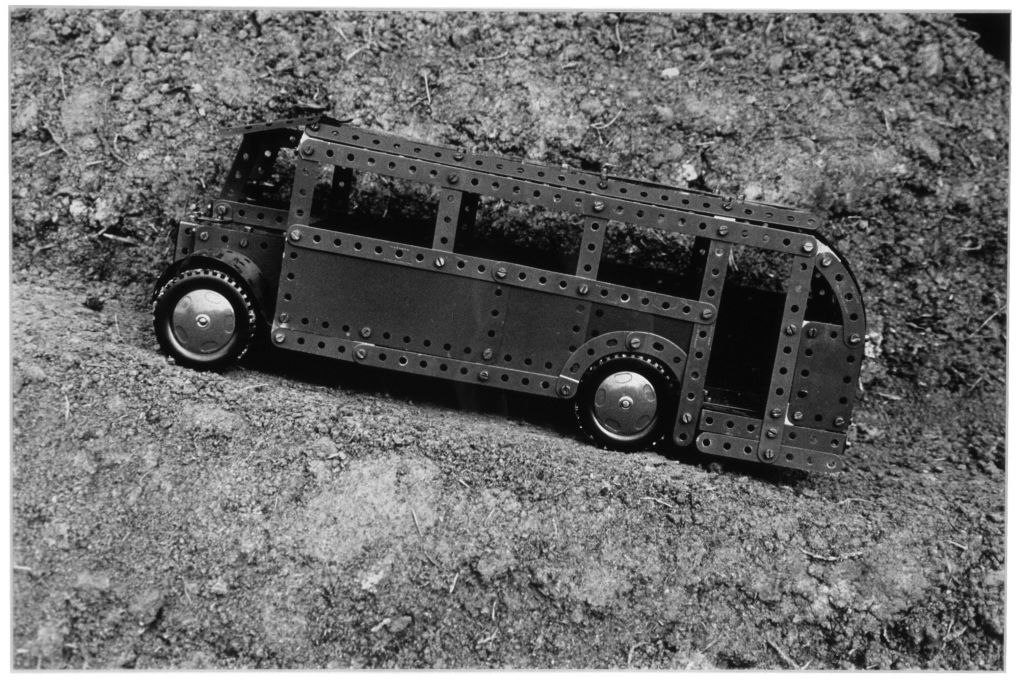Nine Lives, ex. cat. (Auckland: Auckland Art Gallery, 2003).
Peter Peryer made his name in the mid-1970s as an expressive photographer, producing angst-ridden portraits. However, a change of heart in the early 1980s found him adopting a cooler, more detached approach, approaching the world in a documentary yet quirky way. At first glance, Peryer appears to be a conservative, even old-fashioned photographer. He works almost exclusively in black-and-white, and smallish. He makes relatively few images and seldom works in series. Each image is highly specific in subject matter and treatment—an individual. It is the result of a grail quest to capture his personal image of a chosen subject, be it animal (a favourite), vegetable, or mineral; person or place. Peryer’s modest, subtly anachronistic images contain few tell-tale contemporary references. Stylistically, they look like they could have been made thirty years ago, some much earlier. They offer an understated sense of quotation devoid of clear or pointed irony. Pictorialism and new objectivity, Karl Blossfeldt and Laszlo Moholy-Nagy, are clearly reference points, but so too are various non-art vernaculars, like botanical and catalogue photography, National Geographic, and scenic postcards. Nothing is ever casual in a Peryer photo. Belying their often documentary appearance, his images sometimes required elaborate research and preparation. For instance, to create The Meccano Bus (1994), Peryer paid someone to fabricate the model from an old catalogue illustration he liked. Peryer regularly returns to places or things he saw first in other people’s images. The quintessential phototourist, his oeuvre is like an album of odd images collected along the way. Not only does he photograph here, there, and everywhere, his work navigates the territory of photography’s own history, its modes and manners. Peryer rarely stages full-scale exhibitions, preferring instead to drip-feed his curiously loaded images into the art scene. His irregular and limited output demands that each new image be closely scrutinised for its oblique affinities with its predecessors. Peryer fans closely follow the development of his work as an unfolding diary or autobiography; first intrigued by each new image, then reconciling it with their knowledge of his oeuvre. Peryer offers his photography as mind-mapping, speaking at once of what is behind and what is before the camera.
